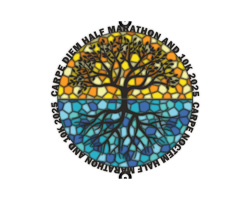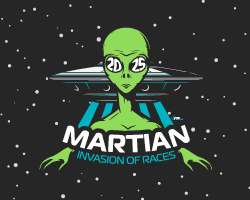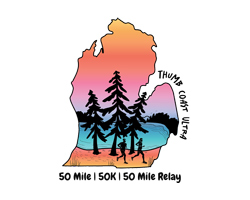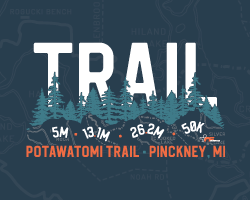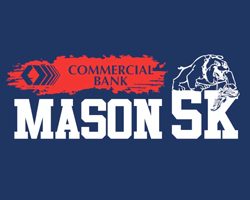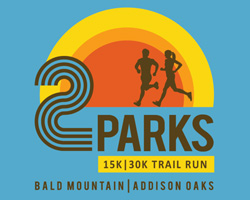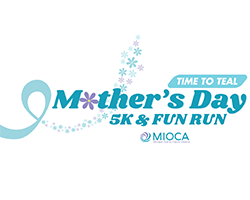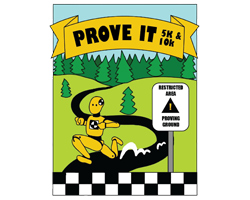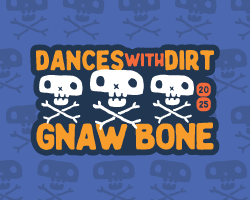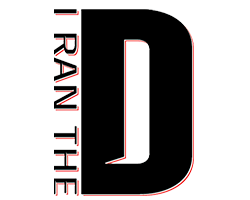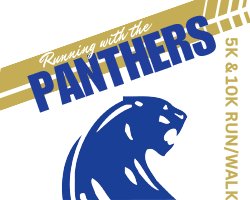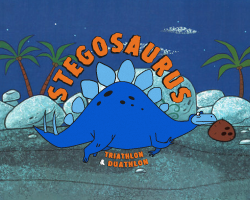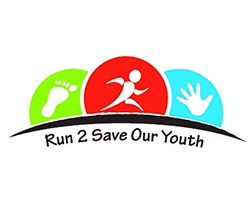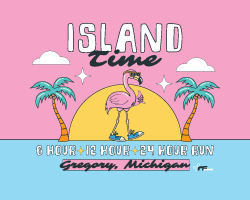Ron Marinucci December Column: "Ellis Boal"
by Ron Marinucci, Dec. 10, 2021

“When I was a kid, I did not consider myself much of an athlete.” So stated 77-year old Ellis Boal. That certainly changed later in his life.
Along with possessing a black belt in Korean-style karate, he is closing in on 100,000 miles combined of running and cross country skiing. Included are ten marathons and some fast races such as a 56:06 at the Crim Ten Mile.
Running for Boal began when he was an undergraduate at Bowdoin College in Maine. Freshmen and sophomores, in addition to academic classes, were required to do “calisthenics,” he called them. They were a physical education requirement. (At my college, we had a similar requirement. Students not participating in intercollegiate sports had to take some sort of physical education. There was no grade; it was sort of extracurricular. And, to graduate, we had to demonstrate we could swim 100 yards!) Boal wanted to play volleyball, but it was unavailable and he ended up with track. One day the track coach saw him running, was impressed, and suggested he try out for the track team.
He did, but initially didn’t last long. His efforts, even at practice, often led to his complete collapse. He expended that much of himself. He recalled, “I developed a huge fear of practice and quit.” But the coach convinced him to return and, after running and winning a two-mile event at the University of Vermont, he stayed with the team. But he trained individually, alone.
After graduation in 1966, he ran “for maybe a year after that and then quit for many years.” During the interlude, Boal earned that black belt, completed law school, and lived in “a left-wing commune.” In 1977, he started to run again.
“I was in Detroit,” he remembered, “at a picnic at Palmer Park for city council candidate Ken Cockrel.” Other picnickers ran a loop of the park, almost two and a half miles, and he joined in, none the worse for the wear. The next day he went with a friend for a 7:00 morning seven-mile run with the Belle Isle Runners. “I was amazed to be able to do it.” That led to him becoming a Belle Isle Runner.
Boal has also run with the Downtown Runners in Detroit, the Lakeshore Striders, and “a Sunday morning group at Cranbrook.” Along the way he became a competitive runner. “I was coached by my then-wife, Marilyn Morehead.” He added, “I wasn’t the best in her stable, but I was near the top. I didn’t squawk and followed her programs.”
Now, he gets in about twenty miles of running a week; then, he ran about forty miles or more when he was training. “A typical week at the top of [my] training included one 20-miler, one fast steady-state run of ten miles or more, one day at the track, one day off, and the rest easy and slow.” He added, “I never went higher than eighty miles a week, well, maybe one at eighty-five,” he corrected.
He conceded, “I wasn’t particularly talented, but my pacing and discipline were good. And I had heart.” He could endure “unbelievable pain. Rarely did I ever feel comfortable at the end of a race. Often I found myself in the medical tent.”
Of his ten marathons, these were among “my most memorable” ones. He recalled “the cornfield run at Breckinridge.” That was his first marathon, “my first one, highly emotional,” and he broke three hours by eight seconds.
Running his only Boston Marathon, he faced “a drainingly humid year, the one [Dick] Beardsley and [Alberto] Salazar battled.” He noted, “It took a minute to reach the starting line and you couldn’t run full sped until you were about a mile out.” Yet, Boal finished with “a 2:45 gun time [and] collapsed at the finish, unable to rise from the sidewalk for thirty minutes.”
Most of his marathons were run in Detroit, the Free Press. One year, 1986, he battled Bill Boyd the whole race. Boyd won the 45-49 age-group and Boal, a few seconds behind, was the 40-44 winner. Two other years, 1995 and 1996, he remembered as strike years. He and others he recruited ran in support of the newspaper employees on strike.
As memorable as the others was the marathon he ran in Nanisivik. Where? Nanisivik is a community on Canada’s Baffin Island, much of which is inside the Arctic Circle. Meaning, in the Inuktitut language “place where people find things,” it was settled in 1975 to assist with the zinc and lead mines which opened there.
“Nanisivik,” related Boal, “was Marilyn’s [Morehead] idea. We thought it would be an adventure.”
“We knew Nanisivik was a hilly course, with a combined vertical mile of ups and downs.” At mile twenty or so,” he explained, “you lose 950 feet vertically and then in the last three miles you turn and regain it to the finish.” He noted part of his training to prepare for the hills. Their house had a staircase upstairs with a 180° turn in the middle. “Once a week,” he admitted, I would run around the turn without stopping, up and down for an hour.”
The weather cooperated. “The temperature was 30-35° the whole race and the wind was never a factor.” Seventy runners ran the marathon. Another 30-40chose either the 32K or 84K (two marathons). Wearing his Lake Shore Striders singlet, he “ran most of the race with John Naslund.”
Boal provided the following from his diary.
Naslund and Boal talked at a pre-race party the night before the event. They were running different distances, Boal the marathon and Naslund the longer race. “I had expressed my thoughts about possibly winning the 42.” Naslund suggested Boal “treat this as a fun run” and during the early stages “run to feel and don’t be concerned with style or splits. Count on a positive split, even given the downhills the second half.”
Boal continued, “I started to pull away from John. He had said to be careful, but I was feeling strong enough. I edged away and then realized how helpful he had been. I stopped for a moment for him to catch up. I shook his hand and thanked him. He said it was all waiting for me. All I had to do was take it.”
And Boal had a unique experience. “For the first time ever during a race I noticed the beauty of my surroundings. Normally I am oblivious in competition. But here, through the dim haze then passing for thought and reflection, I could see the waterfall through the gorge, the ice clogging the (Strathcona) sound, the terse elegant outline of the shed, and the light of sun through the thin clouds illuminating it all.”
His diary concludes with some observations, “results and prospects. My time of 3:14:59 was the slowest winning time in the 13-year history of the race. It is, at [my] age 46 [at the time], the third fastest time by a masters and the twenty-third fastest overall. I think…on a good day I would have a chance at the masters record [3:08:57]. I think I could have been less conservative at the start.”
Outside of the race, “This trip was an amazing experience in many ways. [I had] the chance to explore northern language and culture. I had not anticipated this and read nothing on it beforehand.”
During his stay, “I spent time with an English-[Inuit]/[Inuit]-English dictionary. During and after the trip I read an amazing account of an Inuit migration from northern Baffin Island to Greenland in 1855 to 1865. One in that group, facing incredible privations, brought his family through the brink of victimization and starvation. He later collaborated in [Robert] Peary’s explorations and his grandson accompanied Peary to the North Pole in 1909.”
Of Nanisivik, he noted in the diary, “Great opportunities for exploration and understanding are available here. If I return I want to do the diving I was hoping for and also spend time absorbing local culture…perhaps a hunting or camping trip.”
Or, if Boal times it right, he could do some cross country skiing!
What a remarkable story.


